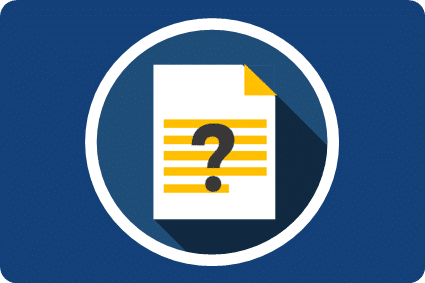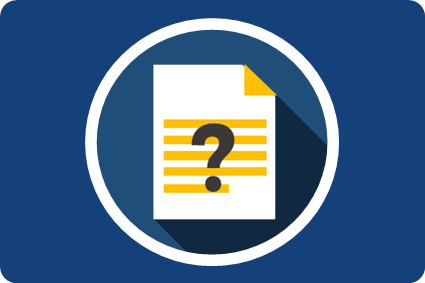BLOGS
Back To Leasing Basics: What Is A Lease?

Leasing and asset finance is a booming industry and this growth has accelerated over the last few years. The FLA reported that in 2014, the leasing industry grew by 13% compared to the previous year – the highest recorded annual growth in 7 years.
With leasing becoming an integral aspect of many companies’ procurement activities, we thought it best to get back to the very basics of leasing. Although there are many lessees with leasing specialists both in-house and via third parties, there are just as many who do not have even a base knowledge of leasing and the principals involved. In order to get the very best of your company’s leases, you need to make sure that the majority of your colleagues are aware and have a comfortable understanding of leasing.
As leasing experts with a proven track record of securing and negotiating lease agreements and as most lessees are unable to alone, we thought we’d share some of this expertise so you can make sure your company knows what they need to do to harness the value of your leasing.
Let’s start with what a lease actually is.
According to the International Accounting Standards Board (IASB), the definition of a lease is as follows:
|
|
“A lease is an agreement whereby the lessor conveys to the lessee, in return for payment or series of payments, the right to use an asset for an agreed period of time.+ |
At its most basic and core level, it is a deal made between two parties: the one that wants to use the equipment (the lessee) and the one that is willing to supply it in return for payment (the lessor).
Rather than buy the equipment upfront, the lessee will pay for the right to use it in agreed instalments over a pre-determined period of time. By the end of the lease agreement, the lessee will have paid the lessor for a proportion of the equipment’s economic value (either all or a part of it depending on the lease type and structure) and will have a range of end of lease options to consider - including returning the assets, upgrading the equipment, continuing the lease or, in some cases, acting as sales agent for the lessor.
Leases are a common feature of our daily lives, whether signing up to a mobile phone contract or renting a car. However, leasing is being used more and more in the commercial sphere, with businesses choosing it as an alternative to loans or buying when procuring their company’s assets.
There are a range of benefits as well as some drawbacks that come through leasing and the many derivative forms, as this e-book will explain. Leases will not be the correct solution for every organisation all of the time, but they will be an alternative that is worth exploring.
+ This definition of a lease was published in the IFRS Foundation: Training Material for the IFRS ® for SMEs Module 20: Leases, which can be found here: IFRS for SMEs
This article is an extract from Innervision’s introductory guide for lessees – The Ultimate Guide to Leasing Basics. To download the full version and get more information on lease classification, the leasing process and the new lease accounting standards – Click here.
Share this Blog?











